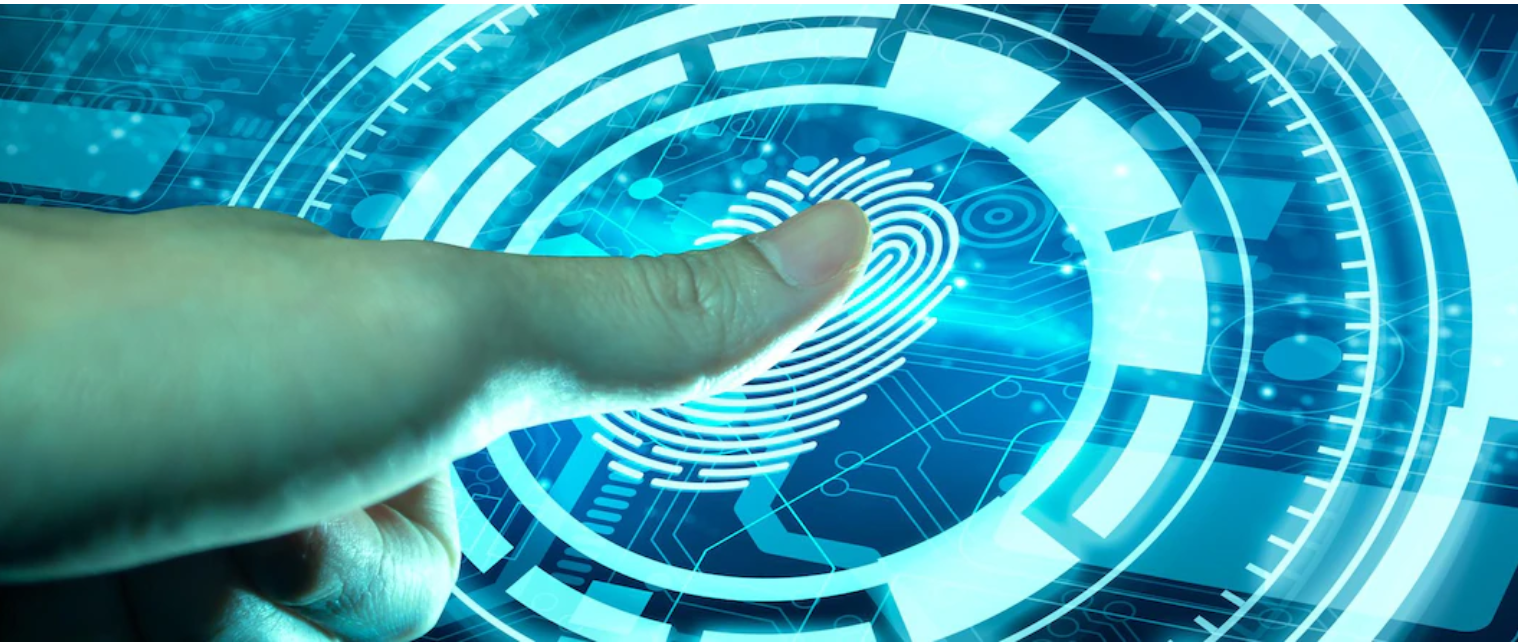Biometrics is a technology that uses unique physical or behavioral characteristics to identify individuals. It has become an integral part of various industries, including finance, healthcare, and law enforcement. With the advent of artificial intelligence (AI), biometrics has become even more powerful and versatile. In this article, we will explore the intersection of biometrics and AI, and how they are transforming various industries.
What is Biometrics ?
Biometrics refers to the use of unique physical or behavioral characteristics to identify individuals. These characteristics can be broadly classified into three categories: physiological, behavioral, and biographic.
Physiological biometrics refers to physical characteristics such as fingerprints, iris patterns, facial recognition, and DNA. Behavioral biometrics, on the other hand, refers to unique behaviors such as voice recognition, typing rhythm, and gait analysis. Finally, biographic biometrics refers to personal information such as name, date of birth, and social security number.
Biometrics in AI:
Artificial intelligence (AI) refers to the use of algorithms and statistical models to enable machines to learn from data and make decisions without being explicitly programmed. The integration of biometrics and AI has led to significant advances in various industries, including security, finance, healthcare, and law enforcement.
Biometric authentication:
One of the most common applications of biometrics in AI is biometric authentication. Biometric authentication refers to the use of biometric information to verify the identity of an individual. This is typically done using a combination of physiological and behavioral biometrics.
Facial recognition, fingerprint recognition, and voice recognition are some of the most commonly used biometric authentication techniques. These techniques are widely used in the financial industry to authenticate customers, in law enforcement to identify suspects, and in healthcare to verify the identity of patients.
The use of biometric authentication is not only more secure than traditional authentication methods, such as passwords and PINs, but also more convenient for users. With biometric authentication, users do not have to remember complex passwords or carry physical tokens, making it easier and more efficient to access their accounts and devices.
Security:
The integration of biometrics and AI has also led to significant advances in security. Biometric data can be used to improve security in various ways, including access control, surveillance, and fraud detection.
Access control: Biometrics can be used to control access to physical locations or digital assets. For example, facial recognition can be used to grant access to secure facilities, while fingerprint recognition can be used to unlock mobile devices.
Surveillance: Biometric data can also be used for surveillance purposes, such as identifying suspects in criminal investigations. Facial recognition technology has been used by law enforcement agencies to identify suspects in public places, while gait analysis can be used to track individuals over long distances.
Fraud detection: Biometric data can also be used to detect fraudulent activities, such as identity theft and credit card fraud. Behavioral biometrics, such as typing rhythm and mouse movement, can be used to detect unusual patterns of behavior that may indicate fraud.
Healthcare:
The integration of biometrics and AI has the potential to transform the healthcare industry. Biometric data can be used to improve patient care and outcomes, as well as to enhance operational efficiency and reduce costs.
Patient identification: Biometric data can be used to accurately identify patients, reducing the risk of medical errors and improving patient safety. For example, facial recognition can be used to identify patients in emergency situations, while fingerprint recognition can be used to verify patient identity before administering medication.
Remote patient monitoring: Biometric data can also be used for remote patient monitoring, allowing healthcare providers to monitor patients from a distance. For example, wearable devices that monitor heart rate and other biometric data can be used to monitor patients with chronic conditions, such as diabetes and hypertension.
Drug discovery:
Biometric data can also be used to accelerate drug discovery. By analyzing biometric data from patients, researchers can identify biomarkers that indicate the presence of specific diseases or conditions. This information can be used to develop targeted therapies that are more effective and have fewer side effects.
Fraud prevention: Biometric data can also be used to prevent fraud in the healthcare industry. By using biometric authentication to verify patient identity, healthcare providers can reduce the risk of fraud and abuse, such as identity theft and insurance fraud.
Challenges and concerns:
Despite the many benefits of biometrics in AI, there are also concerns about privacy, security, and bias.
Privacy:
The collection and use of biometric data raises privacy concerns, as this data is highly sensitive and personal. There is a risk that this data could be misused or mishandled, leading to identity theft or other forms of abuse.
Security:
Biometric data is also vulnerable to hacking and theft. If biometric data is stolen or compromised, it cannot be changed like a password or PIN, potentially exposing individuals to identity theft and other forms of fraud.
Bias:
Finally, there are concerns about bias in the use of biometrics in AI. For example, facial recognition technology has been shown to be less accurate when identifying individuals with darker skin tones, leading to concerns about racial bias.
Conclusion:
The integration of biometrics and AI has the potential to transform various industries, including finance, healthcare, and law enforcement. Biometric authentication, access control, surveillance, fraud detection, patient identification, remote patient monitoring, and drug discovery are just a few of the many applications of biometrics in AI.
However, there are also concerns about privacy, security, and bias. As the use of biometrics in AI continues to grow, it is important to address these concerns and ensure that biometric data is collected and used in a responsible and ethical manner.
Overall, biometrics in AI has the potential to revolutionize the way we identify individuals, improve security, enhance patient care, and accelerate drug discovery. As long as these technologies are developed and deployed with care and consideration for privacy, security, and bias, they can help us achieve these goals and unlock the full potential of biometrics in AI.



















